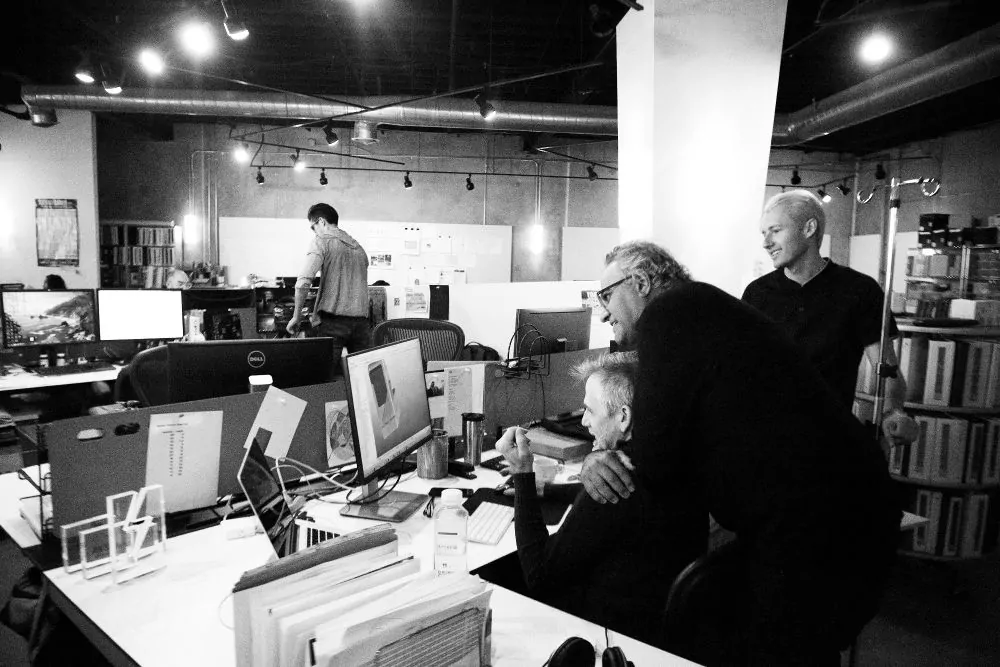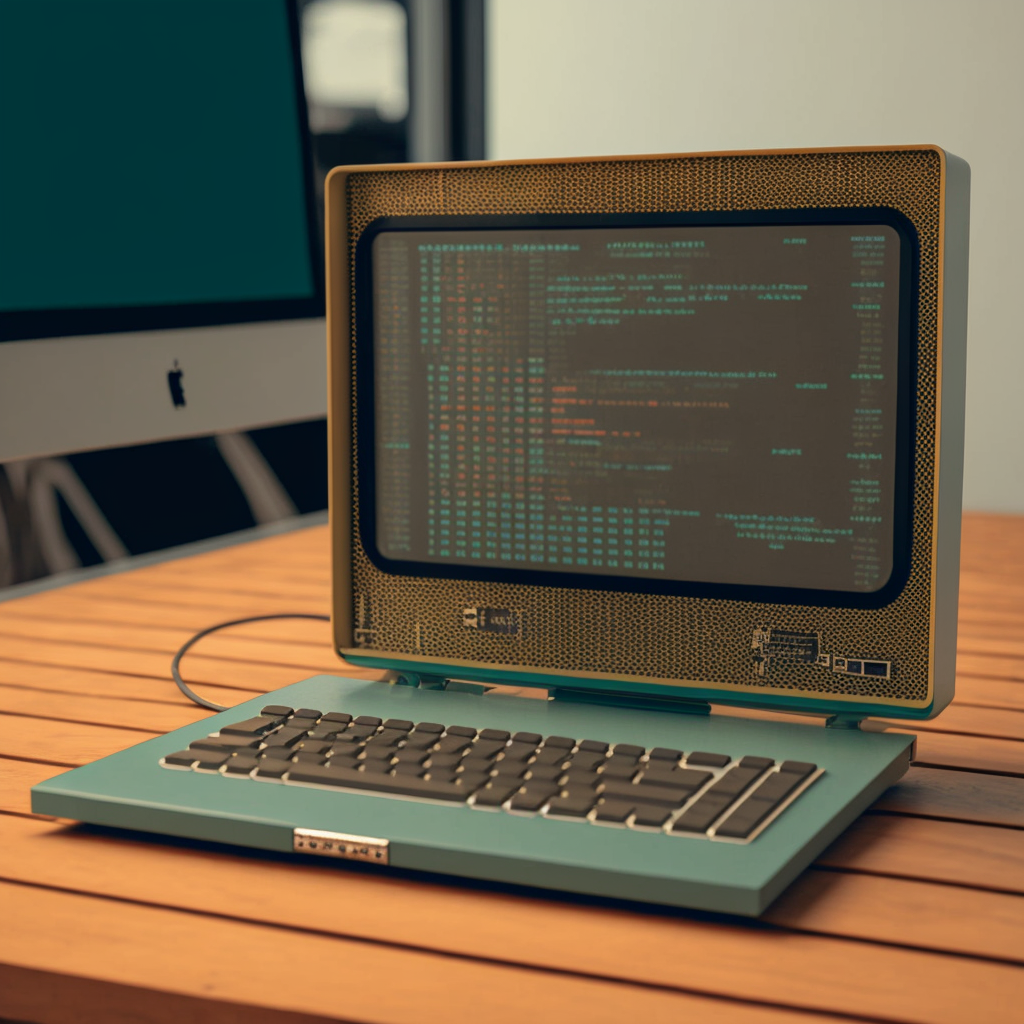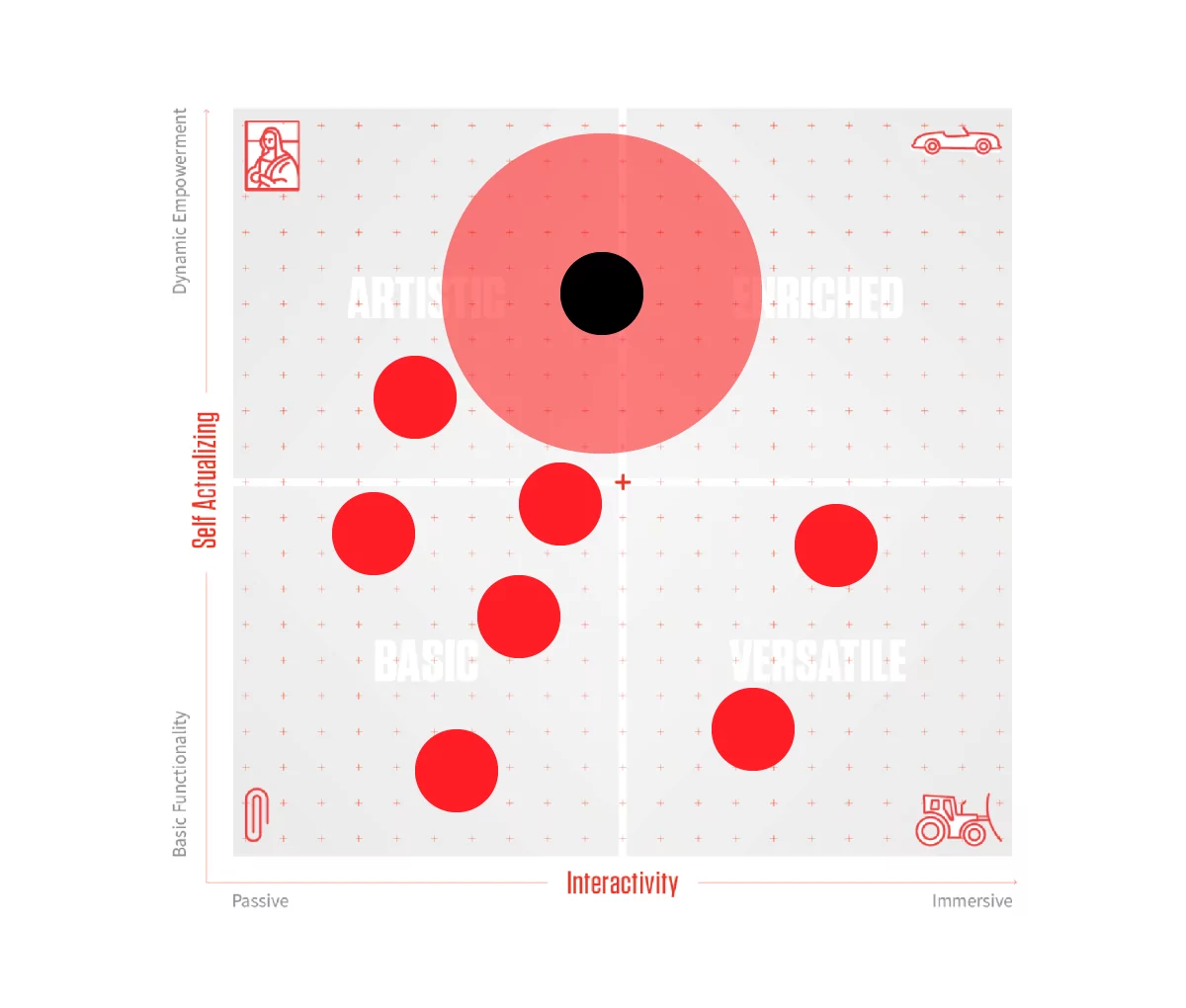Our team met to distill some of the more interesting software development trends for 2023, and ones we are keeping our eyes on.
As technology continues to evolve at a rapid pace, it’s essential for software developers to stay informed about the latest trends and developments in their field. In this blog post, we’ll take a closer look at the top 5 software development trends of the year that are set to shape the future of the industry. From the rise of low-code and no-code platforms to the increased use of artificial intelligence and machine learning, these trends are poised to have a significant impact on the way we build and deploy software in the coming months. Whether you’re a seasoned developer or just starting out, these trends are worth paying attention to.
Read on to explore, investigate and inquire about what is going to gain traction in software development this year.
1. AI-Assisted Programming
How Assisted Programming is Changing the Game and What’s Next
AI-assisted programming is an emerging trend in software development that uses artificial intelligence and machine learning algorithms to automate and optimize the coding process. This approach allows for faster and more efficient programming, as well as the ability to analyze and predict potential bugs and errors. With the help of AI, developers can focus on higher-level tasks, such as designing and testing, while the AI takes care of the more mundane and repetitive tasks. Additionally, AI-assisted programming can also be used to predict future trends in software development, allowing developers to stay ahead of the curve and create products that are more innovative and efficient. The benefits of AI-assisted programming are expected to increase productivity, improve the quality of software, and reduce the time needed to develop and release a product. The trend of AI assisted programming will become more prevalent in 2023 as the technology is becoming more advanced, and companies are looking for ways to improve their development processes, reduce costs and increase efficiency.
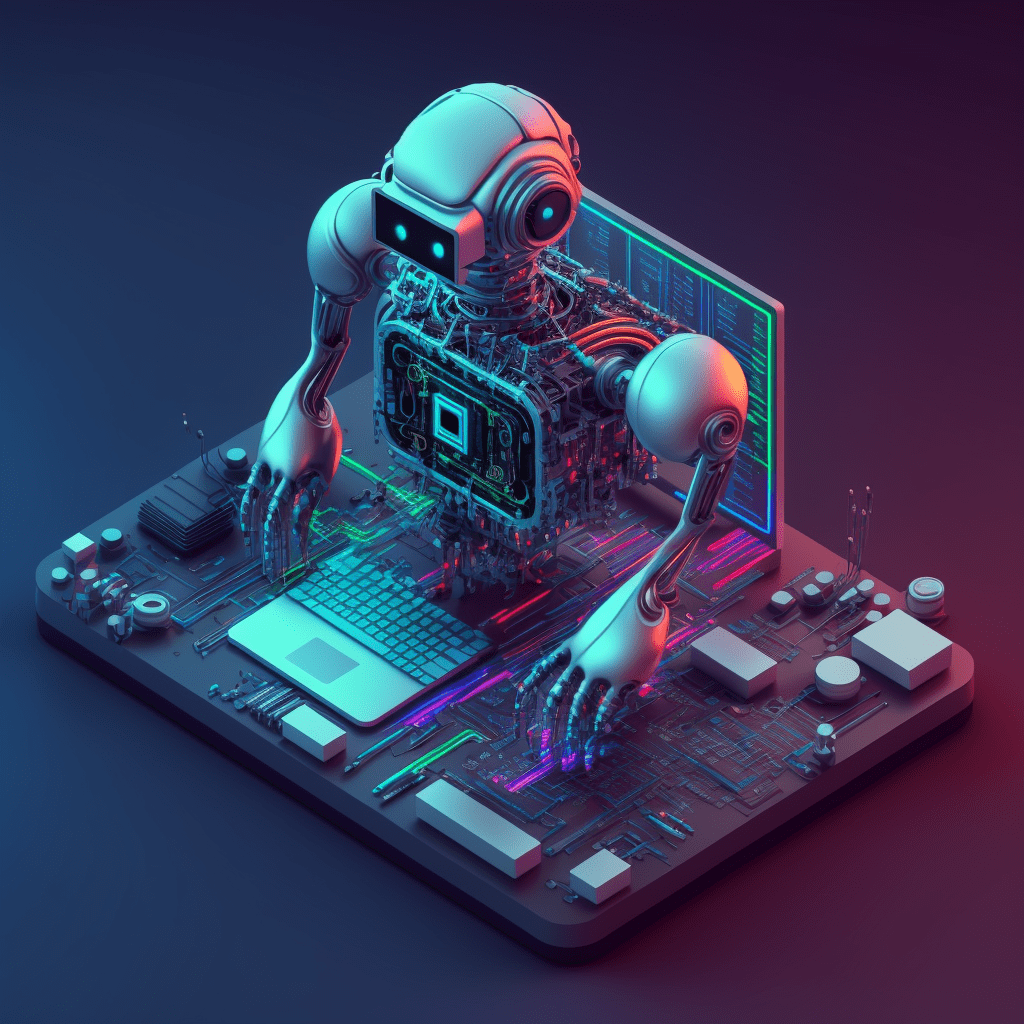
2. Low-Code, No-Code, Finds Its Limits
When the Ease of Development Meets the Complexity of Reality
Low-code and no-code development platforms have been gaining popularity in recent years as they allow for faster and more efficient development of software. However, as companies increasingly adopt these platforms, they may soon reach their limits in terms of security, performance, and cost. The ease of use and rapid development provided by these platforms may come at the expense of security and performance, as the underlying code may not be as secure or efficient as hand-written code. Additionally, while low-code and no-code platforms may reduce the cost of development in the short-term, they may become more expensive in the long-term as the complexity of the projects increases and the limitations of the platform become more apparent. Soon after 2023, companies may begin to recognize these limitations and turn towards more traditional development methods for more complex and critical projects. This way they can ensure better security, performance, and cost-effectiveness.
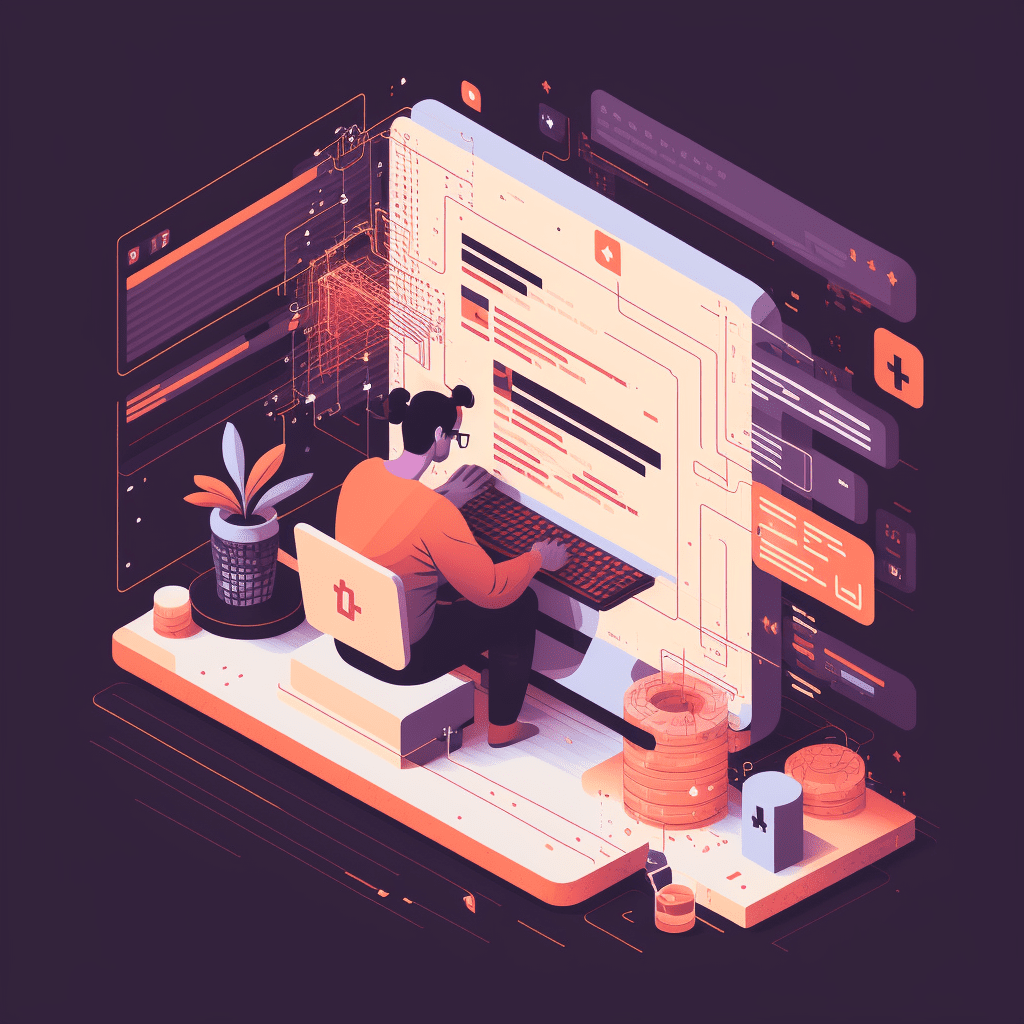
3. The Dis-Aggregation of the Cloud
The Future of Computing Where the Cloud is not a Monolith Anymore
Cloud disaggregation refers to the process of breaking down the monolithic structure of cloud computing into smaller, more specialized components. This approach allows for more flexibility and customization in the deployment of cloud services. The trend of cloud disaggregation is driven by the need for more specialized and tailored cloud services, as well as a desire for more control over data and resources. In the future, it is expected that cloud disaggregation will continue to gain popularity as more organizations look for more specialized and tailored cloud services. Additionally, with the advent of new technologies such as edge computing, it is likely that cloud disaggregation will become even more prevalent, as more resources are moved closer to the end-users.

4. Expansion of IoT
How Overcoming Hardware and Software Limitations Will Revolutionize Connectivity
The projections for the expansion of IoT in software development are very positive as IoT technology is becoming more advanced and more accessible for software developers. The expansion of IoT is expected to drive innovation in software development as developers will have access to more data and be able to create new and more advanced applications that can make use of this data. IoT technology can be used to create new and innovative solutions for various industries such as healthcare, transportation, and manufacturing. Developers will be able to leverage the data generated by IoT devices to create new products and services that are more personalized, efficient and effective. As the IoT technology becomes more prevalent, the trend of IoT-based software development will also grow. This is because IoT-based solutions can be used to create more connected and automated systems, which will drive innovation in various industries. It is expected that software development in IoT will become a huge trend in the software development industry as it will open new opportunities for developers to create new products and services that can improve people’s lives.

5. Predictive Analytics
Unlocking the Potential of Predictive Analytics
Predictive analytics has the potential to revolutionize various industries in the future. In software development, it can be used to predict bugs, measure project progress, and optimize workflow. In business, it can be used to forecast demand, identify potential fraud, and make better decisions. Market reports can also benefit from predictive analytics as it can help to identify trends, predict market changes and even suggest the best time to launch new products. Overall, predictive analytics can help organizations to make more informed decisions, improve efficiency and ultimately increase profits. As technology continues to improve, predictive analytics will become even more powerful, providing even more accurate predictions and insights.

As we move into 2023, software development is at the forefront of technological innovation. RKS has a keen understanding of the latest trends in software development, and our predictions for the coming year reflect this. From the growing importance of data privacy and security to the rise of low-code and no-code platforms, the firm is well-positioned to help businesses navigate the rapidly changing landscape of software development. As software becomes increasingly integrated into every aspect of our lives, it’s more important than ever for businesses to stay ahead of the curve. The future of software development is bright, and we look forward to seeing the impact of these trends on the industry.
**All images in this blog were generated by AI**



